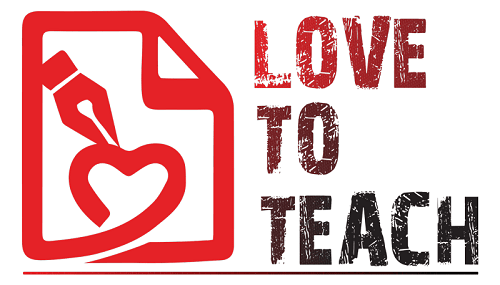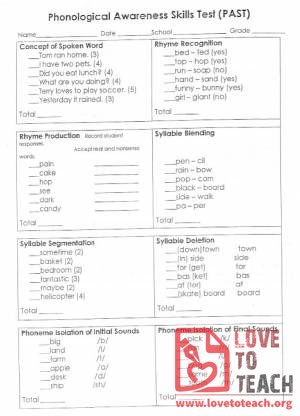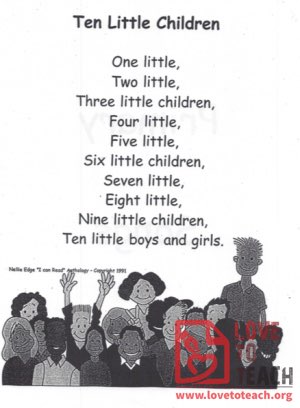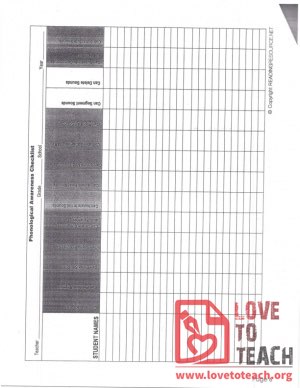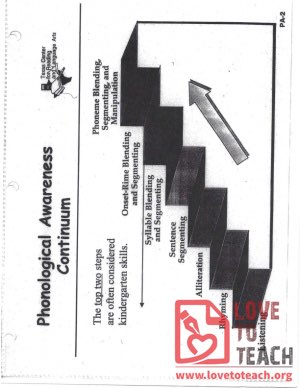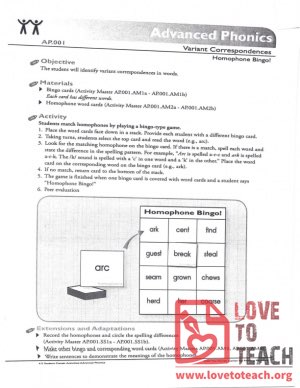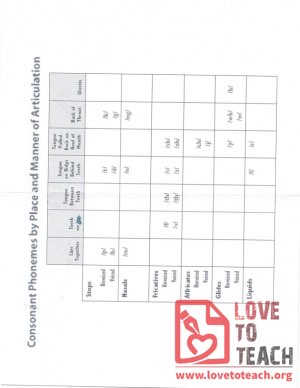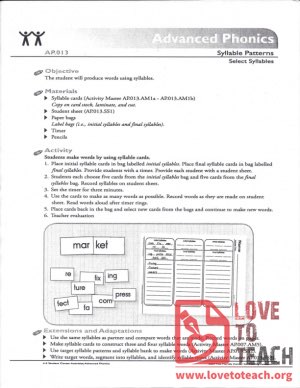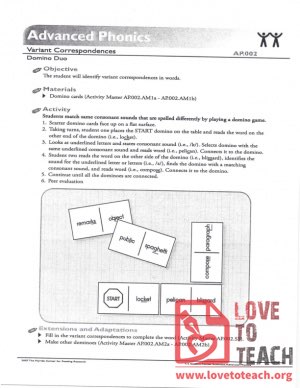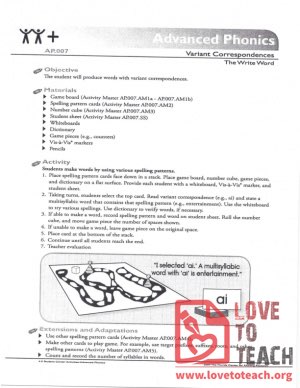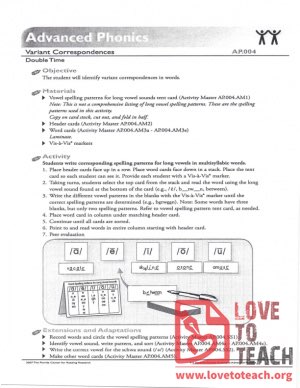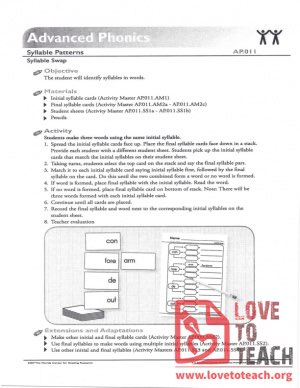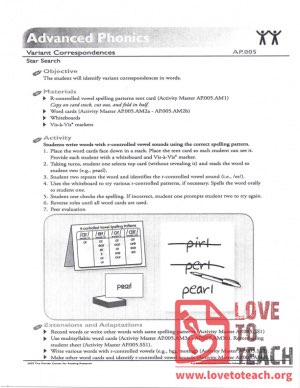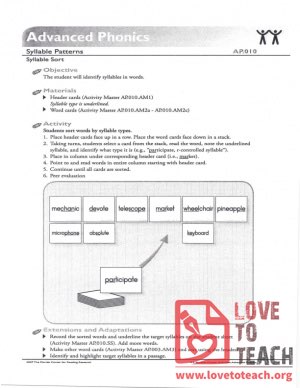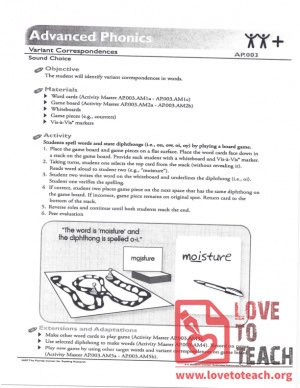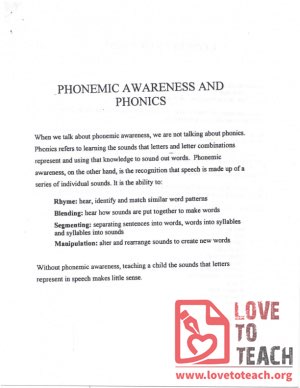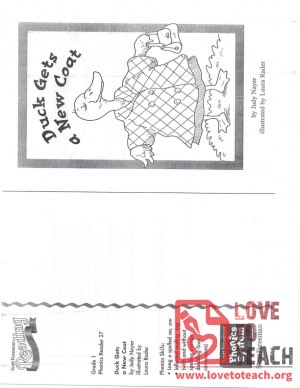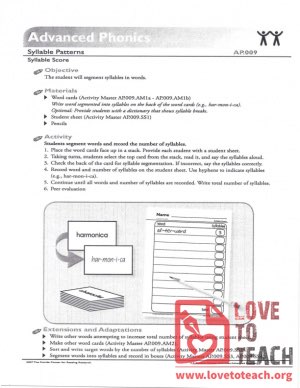Phonics
Use this to assess children's phonological awareness skills. Areas include:
- Concept of spoken word
- Rhyme recognition
- Rhyme production
- Syllable blending
- Syllable segmentation
- Syllable deletion
- Phoneme isolation of initial sounds
- Phoneme isolation of final sounds
A packet of 36 songs, available as one unit and as each individual page.
Features:
Ten Little Children
The Twelve Days of School
The Secret Letter Song
Chicka Chicka Boom Boom
Phon-exercise
The Vowel Song
Old Macdonald Had a Farm
Days of the Week and Macarena Months
The Color Farm
The Weather Song
Someone's Birthday
Firefighter Song
Safety First!
Five Little Pumpkins
Itsy Bitsy Spider
Thanksgiving Day
The Turkey
Three Turkeys
This Land is Your Land
Singing the Senses
My Dreidel
Directions
On Martin Luther King Day
The Butterfly
Our Great State (Pennsylvania)
Counting Coins
A Money Trading Song
The Dollar Song
The Bunny Pokey
Comin' Round The Mountain (Sums of 11)
Row Row Row Your Boat (Facts of 12)
Twinkle Twinkle Little Star (Facts of 13)
Parts of a Plant
The Rock Song
Green Plants
Changing Rocks
Phonological awareness is an individual's awareness of the phonological structure, or sound structure, of words. Teachers can use this checklist to test students' phonological awareness.
The phonological awareness continuum is a step-down process of teaching students' phonological awareness. The top two steps are often considered kindergarten skills.
Learn homophones by playing a bingo-type game. Students take turns selecting the top card, reading it aloud, and looking for matching homophones.
A guide for teaching consonant phonemes by place and manner of articulation.
Students will produce words using syllables (syllable cards)
Scatter domino cards face up on a flat surface. Taking turns, student one places the START domino on the table and reads the word on the other end of the domino. Select domino with the same underlined consonant sound and read the word to play.
Student will produce words with variant correspondences. Students make words by using various spelling patterns.
Identify variant correspondences in words: students write corresponding spelling patterns for long vowels in multisyllabic words
Students make three words using the same initial syllable.
Student writes words with r-controlled vowel sounds using the correct spelling patterns.
Card game: students sort words by syllable type.
Students spell words and state diphthongs (i.e., ou, ow, oi, oy) by playing a board game.
When we talk about phonemic awareness, we are not talking about phonics. Phonics refers to learning the sounds and letter combinations represent and using that knowledge to sound out words. Phonemic awareness, on the other hand, is the recognition that speech is made up of a series of individual sounds. It is the ability to rhyme, blend, segment, and manipulate.
Phonics skills: Long O, Inflected ending -ing (with and without spelling change: doubling final consonants)
Card game: Students segment words and record the number of syllables.
